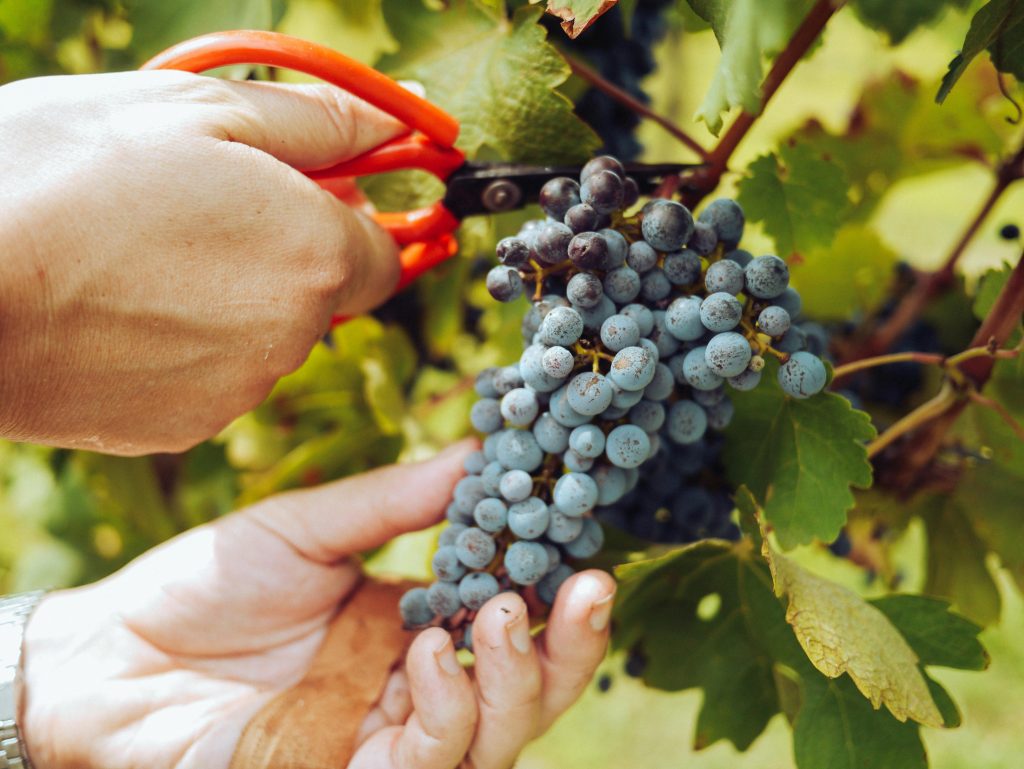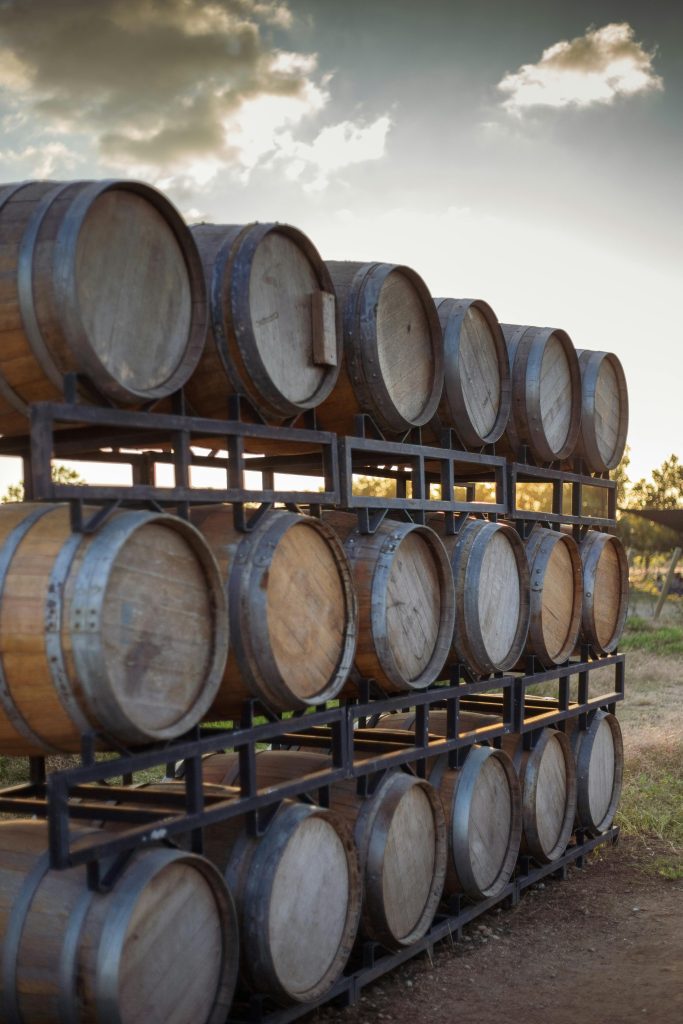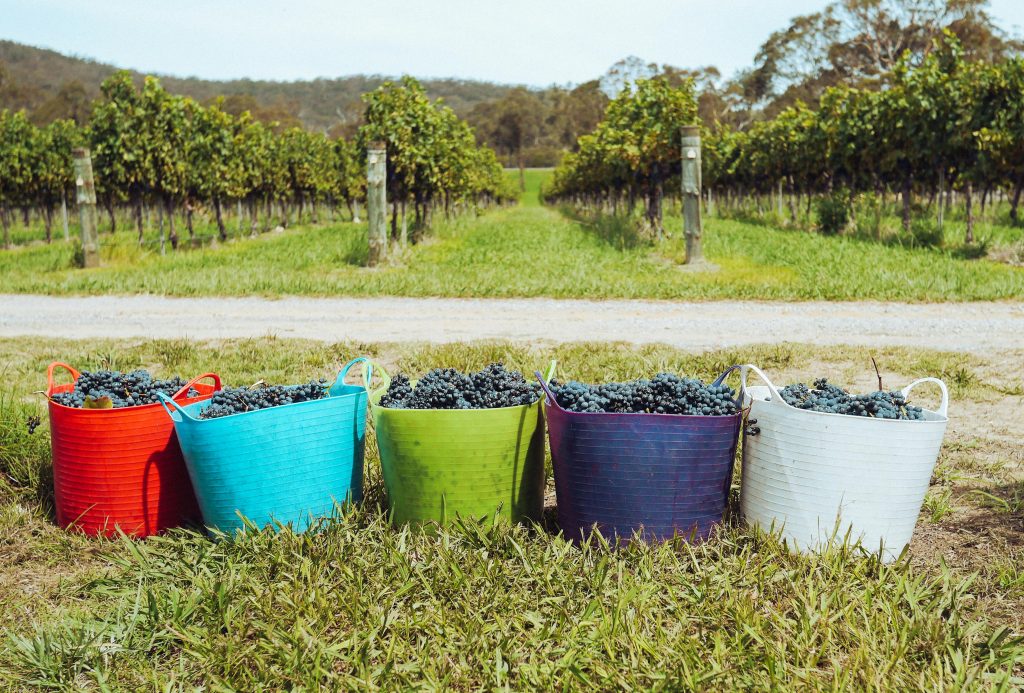Why Natural Wine Tastes Different: A Beginner’s Guide
Natural wine has gained a cult following among wine lovers, but for those new to it, the taste can be surprising—even shocking. Unlike conventional wines, natural wines are unfiltered, spontaneously fermented, and free from additives, leading to bold, unpredictable, and vibrant flavors. But what exactly makes natural wine taste so different? In this guide, we’ll explore the key factors that shape the unique taste of natural wine.

1. Minimal Intervention in the Vineyard
One of the first things that set natural wine apart is the way the grapes are grown. Natural winemakers use organic or biodynamic farming, meaning: ✔ No synthetic pesticides or herbicides are used.
✔ The vines rely on natural soil health and biodiversity.
✔ Grapes are often harvested by hand, preserving their purity.
This results in grapes that fully express their terroir—the unique characteristics of the land, soil, and climate where they are grown. The flavors tend to be brighter, more intense, and sometimes wilder compared to conventionally farmed grapes.
2. Wild Yeast Fermentation
In conventional winemaking, commercial yeasts are used to control the fermentation process and ensure a predictable taste. Natural wine, however, relies on wild yeasts naturally present on the grape skins and in the winery environment. This leads to:
✔ More complexity – Each fermentation is unique, resulting in layered and evolving flavors.
✔ Unpredictable characteristics – Some wines develop funky, cider-like, or earthy notes.
✔ Lower alcohol levels – Since the fermentation process is slower, the final wine can have a more delicate structure.
Wild fermentation is one of the main reasons why natural wine has such a distinctive and diverse range of flavors.

3. No Filtration or Fining
Most commercial wines are filtered and fined to remove any particles, yeast, or proteins that could make the wine appear cloudy. Natural wine, however, is typically unfiltered and unfined, leading to:
✔ A hazy or cloudy appearance.
✔ A fuller texture due to retained grape solids.
✔ More intense and raw fruit flavors.
Some natural wines even contain harmless sediment, which adds to their rustic and authentic charm.
4. Little to No Sulfites (Preservatives)
Sulfites (SO2) are commonly added to conventional wines to stabilize them and prevent oxidation. While natural wines may contain some naturally occurring sulfites, many producers choose to add little to none, leading to: ✔ More vibrant, evolving flavors – Without heavy preservatives, the wine continues to change in the bottle. ✔ Shorter shelf life – Natural wines can be more fragile and should often be consumed sooner. ✔ Slightly unpredictable results – Each bottle may taste a little different, depending on storage and aging conditions.
Because of this, natural wine can sometimes taste more alive, energetic, and raw than conventional wine.

5. Oxidation & Funky Aromas
Without modern stabilizers and heavy sulfite additions, natural wines can be more exposed to oxygen. While oxidation in conventional winemaking is considered a flaw, in natural wine, it can lead to unique and appealing characteristics, such as:
✔ Nutty, sherry-like flavors in some white wines.
✔ Earthy, barnyard, or cider-like aromas in certain reds and skin-contact wines.
✔ A sense of “living” wine that evolves dramatically in the glass.
These qualities can take some getting used to, but they’re part of what makes natural wine so exciting and expressive.
6. Skin-Contact Wines (Orange Wine)
A major reason why some natural wines taste different is the process of skin-contact fermentation, used to make orange wines. Unlike conventional white wines, which are made by fermenting only the juice, orange wines are fermented with their skins, leading to:
✔ A tannic, structured mouthfeel, more like a red wine.
✔ Deeper flavors of dried fruit, herbs, and tea.
✔ An oxidative, sometimes nutty quality.
This ancient method, often used for varieties like Rebula (Ribolla Gialla), Malvasia, and Furmint, is key to understanding why some natural wines taste so distinctive.

Final Thoughts: Expect the Unexpected
Natural wine is raw, wild, and full of surprises. Its flavors can range from fresh and fruity to funky and complex, but one thing is certain—it always reflects the land and the hands that made it. If you’re new to natural wine, approach it with an open mind and be ready to embrace the unexpected.
Want to learn more? Explore our Beginner’s Guide to Orange Wine or check out our Natural Wine Travel Guides to plan your next tasting adventure!
